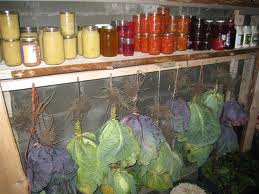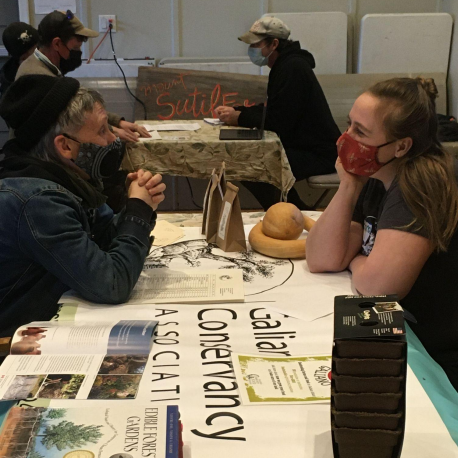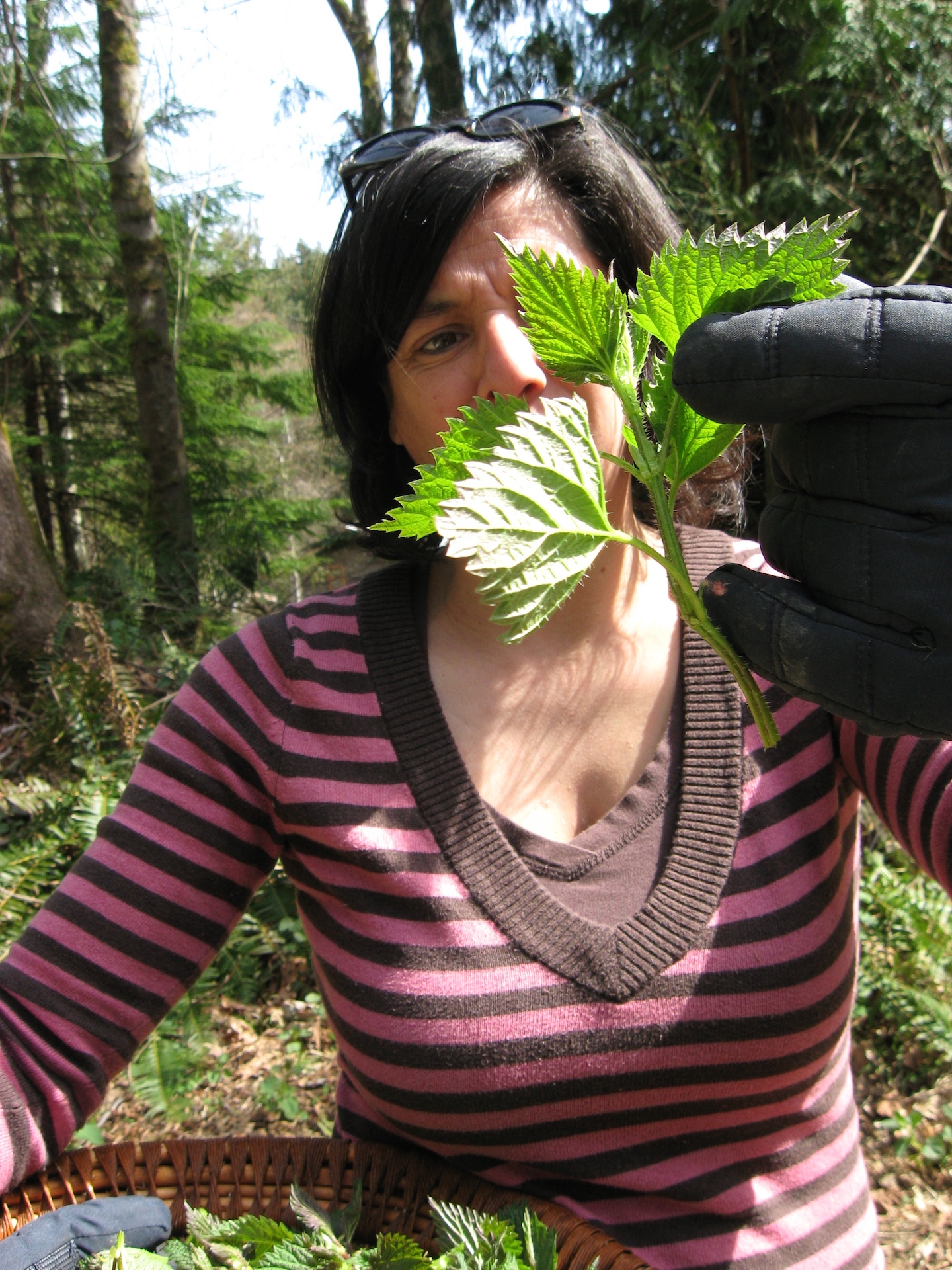 “In our own experiments with storing live winter vegetables we’ve rediscovered another pleasure— akin to the contentment of dressing by the warm fire on a cold morning—and that’s the pleasure of delving into one’s own store for food to put on a winter table.” –Mike and Nancy Bubel, “Root Cellaring, Natural Cold Storage of Fruits & Vegetables”
“In our own experiments with storing live winter vegetables we’ve rediscovered another pleasure— akin to the contentment of dressing by the warm fire on a cold morning—and that’s the pleasure of delving into one’s own store for food to put on a winter table.” –Mike and Nancy Bubel, “Root Cellaring, Natural Cold Storage of Fruits & Vegetables”
Storing food at home for the winter can be another cost-effective and efficient way to feed your family. Now is the time to think about where in your house you can squirrel away some food from our farmers’ markets for those cold months.
In June, the Food Program hosted Linda Gilkeson, a renowned local food gardener, for a Winter Gardening Workshop. One interesting issue that came up was root cellars—Linda explained that they are not appropriate in our climate because they don’t stay cold enough to keep things from spoiling. Furthermore, our winters are mild enough that food crops kept in the ground to overwinter will not be lost to frost. She calls this the “Living Refrigerator”: “plants don’t grow, but they keep in perfect condition [in the ground] for months because they are still alive.”
Of course, not everyone has the resources for a garden, and what about foods that don’t store well in the ground, such as potatoes, garlic fruit, and grains? What are the different requirements for storage of different kinds of food? What are the advantages of different storage methods, such as freezing, preserving, or pantry storage? What are the requirements for a cold room? What nooks and crannies in your
house can you use for food storage? Can you really keep food in a buried cast-off refrigerator? How do we keep food safe from pests such as rodents?
These are some questions that we plan to explore at a Winter Food Storage Discussion on Thursday, September 26th, 7:30-9:00pm, at the South Hall. If you’re interested in learning more about winter food storage, please join us! (Please register.) If you have questions that haven’t been covered here please forward them along to us so we can include them in the discussion. And if you have a proven, effective way to store fruits and veggies on Galiano in the winter, either inside or outside, and are willing to share what works for you with other islanders who are interested in learning more about food storage, please let us know about it!
Did you know that you can store leafy greens in a salad spinner in the fridge, creating a micro-environment to keep them cold without drying out? For this and other great food storage tips from Farmfolk/Cityfolk check out http://www.farmfolkcityfolk.ca/projects/foodprint/make-it-last/




Leave A Comment
You must be logged in to post a comment.